Mezmiali. The Depot was composed of a group of large, heavily structured, rather ugly buildings, covering about the area
of an average village, which stood in the countryside far from any major residential sections. The buildings were over three
centuries old and enclosed as a unit by a permanent energy barrier, presenting to the world outside the appearance of a
somewhat flattened black dome which completely concealed the structures.
Originally, there had been a fortress on this site, constructed during a period when Mezmiali was subject to periodic
attacks by space raiders, human and alien. The ponderous armament of the fortress, designed to deal with such enemies,
had long since been dismantled; but the basic buildings remained, and the old energy barrier was the one still in use—a
thing of monstrous power, retained only because it had been simpler and less expensive to leave it in place than to remove
it.
Nowadays, the complex was essentially a warehouse area with automatic maintenance facilities, an untidy giant
museum of current and extinct galactic life and its artifacts. It stored mineral, soil, and atmosphere samples, almost
anything, in fact, that scientific expeditions, government exploration groups, prospectors, colonial workers, or adventuring
private parties were likely to pick up in space or on strange worlds and hand over to the University League as being
perhaps of sufficient interest to warrant detailed analysis of its nature and properties. For over a century, the League had
struggled—and never quite managed—to keep up with the material provided it for study in this manner. Meanwhile, the
specimens continued to come in and were routed into special depots for preliminary cataloging and storage. Most of them
would turn out to be without interest, or of interest only to the followers of some esoteric branch of science. A relatively
very small number of items, however, eventually might become very valuable, indeed, either because of the new scientific
information they would provide or because they could be commercially exploited, or both. Such items had a
correspondingly high immediate sales value as soon as their potential qualities were recognized.
Hence the Unclassified Specimens Depots were, in one way or another, well protected areas; none of them more
impressively so than the Mezmiali Depot. The lowering black barrier enclosing it also served to reassure the citizenry of
the planet when rumors arose, as they did periodically, that the Depot’s Life Bank vaults contained dormant alien
monstrosities such as human eyes rarely looked upon.
But mainly the barrier was there because the University League did not want some perhaps priceless specimens to be
stolen.
That was also why Danestar Gems was there.
Danestar was a long-waisted, lithe, beautiful girl, dressed severely in a fitted black coverall suit and loose short white
jacket, the latter containing numerous concealed pockets for the tools and snooping devices with which she worked. The
wide ornamental belt enclosing the suit under the jacket similarly carried almost indetectable batteries of tiny control
switches. Her apparently frivolous penchant for monocolor make-up—dark-green at the moment: green hair and lashes,
green eyes, lips, nails, all precisely the same shade—was part of the same professional pattern. The hair was a wig, like a
large flowing helmet, designed for Danestar personally, with exquisite artistry, by a stylist of interstellar fame; but beneath
its waves was a mass of miniature gadgetry, installed with no less artistry by Danestar herself. On another day, or another
job, depending on the purpose she was pursuing, the wig and other items might be sea-blue, scarlet, or a somewhat
appalling pale-pink. Her own hair was dark brown, cut short. In most respects, Danestar actually was a rather conservative
girl.
For the past ten minutes, she had been trying unsuccessfully to contact her colleague, Corvin Wergard. Wergard’s last
report, terminated abruptly, had reached her from another section of the Depot. He’d warned her that a number of armed
men were trying to close in on him there and that it would be necessary for him to take prompt evasive action.
Danestar Gems and Corvin Wergard were employees of the Kyth Interstellar Detective Agency, working in the Depot
on a secret assignment for University League authorities. Officially, they had been sent here two weeks before as
communications technicians who were to modernize the Depot’s antiquated systems. Danestar was, as a matter of fact, a
communications expert, holding an advanced degree in the subject. Corvin Wergard had a fair working knowledge of
communication systems; but they were not his specialty. He was a picklock in the widest sense. Keeping him out of a place
he wanted to get into or look into was a remarkably difficult thing to do.
Their working methods differed considerably. Danestar was an instrument girl. The instruments she favored were
cobwebby miniatures; disassembled, all fitted comfortably into a single flat valise which went wherever Danestar did. Most
of them she had built herself, painstakingly and with loving care like a fly fisherman creating the gossamer tools of his
hobby. Next to them, their finest commercial equivalents looked crude and heavy—not too surprisingly, since Danestar’s
instruments were designed to be handled only by her own slender, extremely deft fingers. On an operation, she went about,
putting out ten, twenty, fifty or a hundred eyes and ears, along with such other sensors, telltales, and recorders of utterly
inhuman type as were required by the circumstances, cutting in on established communication lines and setting up her own,
masked by anti-antispying devices. In many cases, of course, her touch had to be imperceptible; and it almost always was.
She was a confirmed snoop, liked her work, and was very good at it.

 2024-11-21 8
2024-11-21 8
 2024-11-21 10
2024-11-21 10
 2024-11-21 5
2024-11-21 5
 2024-11-21 7
2024-11-21 7
 2024-11-21 8
2024-11-21 8
 2024-11-21 7
2024-11-21 7
 2024-11-21 5
2024-11-21 5
 2024-11-21 7
2024-11-21 7
 2024-11-21 9
2024-11-21 9
 2024-11-21 6
2024-11-21 6

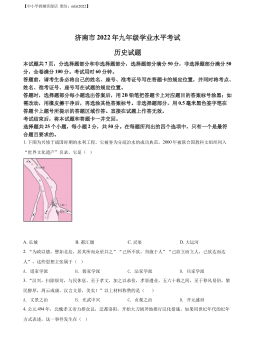
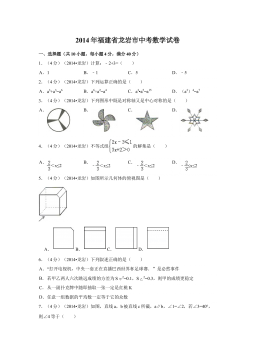
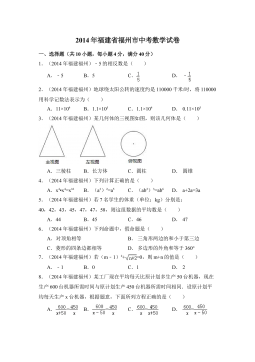
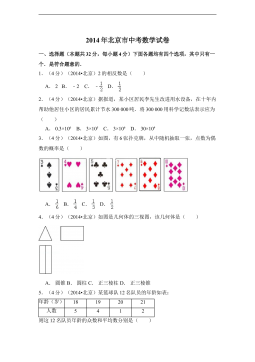
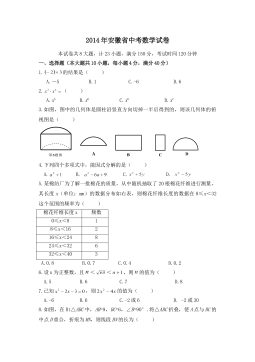


 渝公网安备50010702506394
渝公网安备50010702506394
